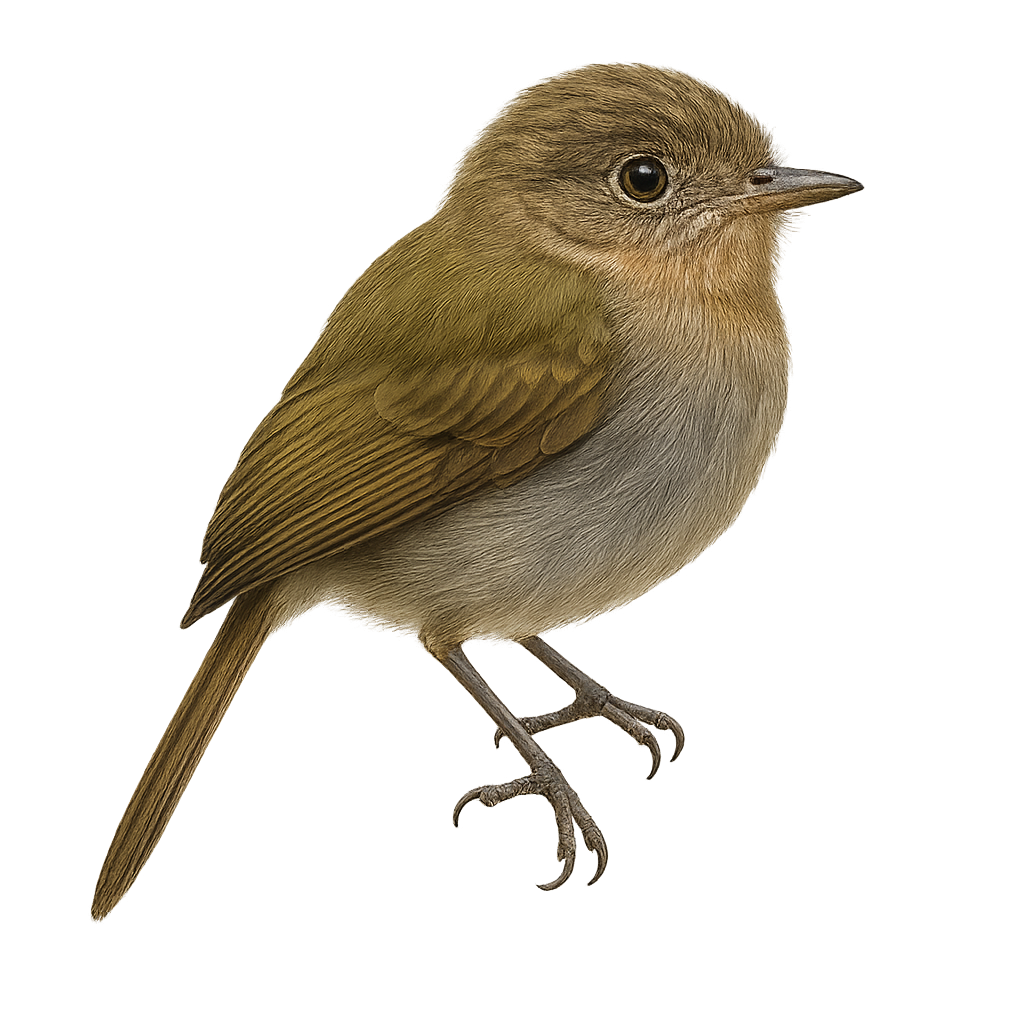Your wildlife photography guide.
Explore the rufous-crowned tody-flycatcher in detail, study its behavior, prepare your shots.
Where to observe and photograph the rufous-crowned tody-flycatcher in the wild
Learn where and when to spot the rufous-crowned tody-flycatcher in the wild, how to identify the species based on distinctive features, and what natural environments it inhabits. The WildlifePhotographer app offers tailored photography tips that reflect the rufous-crowned tody-flycatcher’s behavior, helping you capture better wildlife images. Explore the full species profile for key information including description, habitat, active periods, and approach techniques.
Rufous-crowned Tody-Flycatcher
Scientific name: Hemitriccus rufigularis

IUCN Status: Least Concern
Family: TYRANNIDAE
Group: Birds
Sensitivity to human approach: Suspicious
Minimum approach distance: 5 m
Courtship display: September to October
Incubation: 16-18 jours
Hatchings: October to November
Habitat:
humid forests, montane forests
Activity period :
Primarily active during the day, with peak activity in the morning and late afternoon.
Identification and description:
The Rufous-crowned Tody-Flycatcher, Hemitriccus rufigularis, is a small bird in the Tyrannidae family. It is notable for its distinctive rufous throat, contrasting with its olive-green plumage. This discreet bird primarily inhabits humid montane forests, often at altitudes between 1000 and 2000 meters. It is usually observed alone or in pairs, feeding on insects caught in flight or on leaves. Its song is a soft trill, often heard before the bird is seen. Although its habitat is threatened by deforestation, the species is currently classified as Least Concern by the IUCN.
Recommended lens:
400 mm – adjust based on distance, desired framing (portrait or habitat), and approach conditions.
Photography tips:
To photograph the Rufous-crowned Tody-Flycatcher, it is advisable to use a telephoto lens of at least 400mm to capture detailed images without disturbing the bird. Look for it in humid montane forests, where it often hides in dense foliage. Be patient and listen for its soft trill to locate its position. A slow and quiet approach is essential to avoid scaring it away. Focus on early morning hours when the light is soft and bird activity is at its peak.
The WildlifePhotographer App is coming soon!
Be the first to explore the best nature spots, track rutting seasons, log your observations, and observe more wildlife.
Already 1 432 wildlife lovers subscribed worldwide

